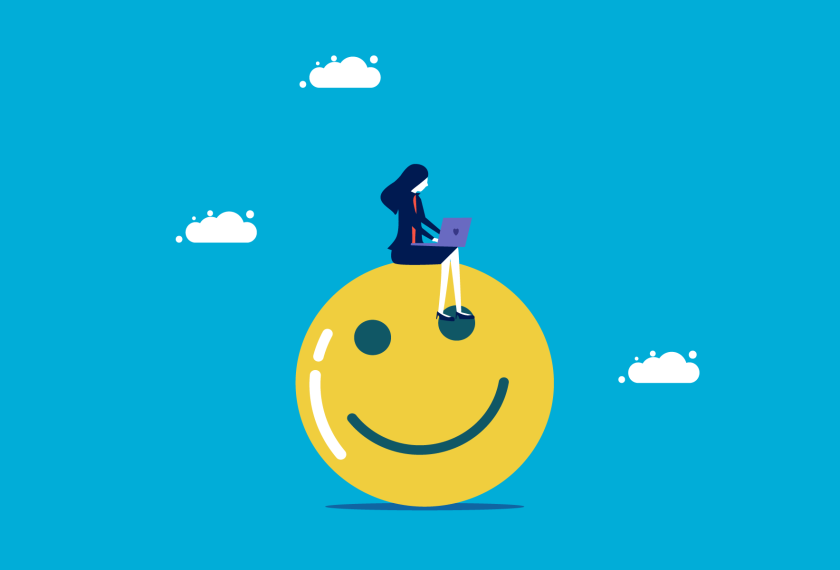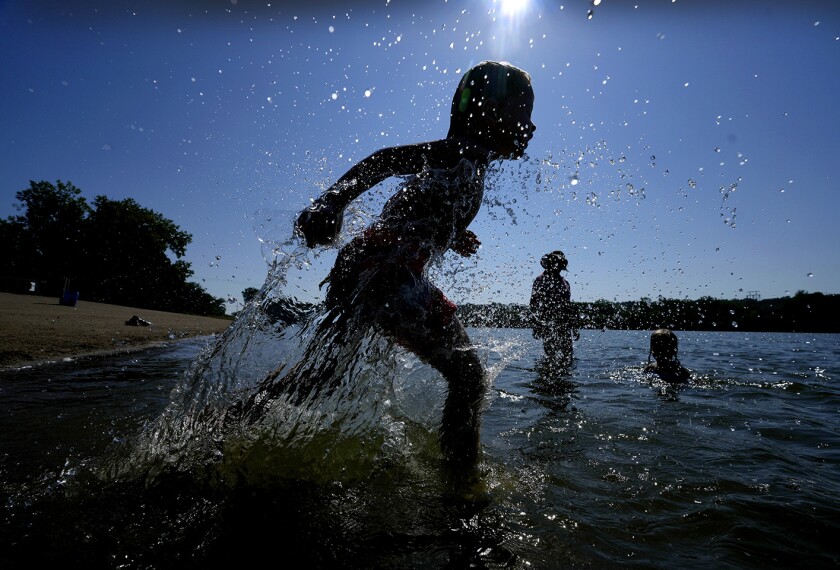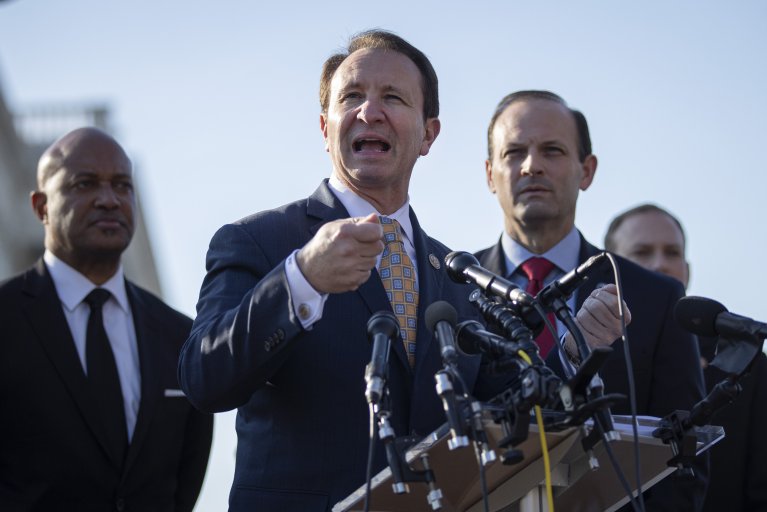Twenty years ago, I experienced my first ever wellness-focused professional development day. Our staff was given a menu of physical, emotional, and social activities that offered us a chance to press “pause” on our usual work. Then a 7th grade teacher, I appreciated the novelty, but I was left wondering if the time provided to escape teaching actually resulted in improved wellness.
At that time, at that school, I am not sure any of us needed an escape. We loved the work we were doing. We designed lesson plans we hadn’t tried before. We utilized the school building as our learning playground. We challenged each other to keep a positive attitude. Don’t get me wrong. We worked hard. We went home tired—but eager to return the next morning.
It was common then, and is still, for education leaders to think about wellness in two ways: firstly, protecting people from a system that squeezes more and more out of us and, secondly, ensuring that we as educators (and students) understand elements of resilience and grit.
Some schools host wellness challenges where staff members track sleep, record walking distances, and encourage time for leisure. Professional conversations about wellness often focus on “taking things off the plate.”
But what if wellness is helped when we ensure that the stuff on the plate is worth doing? What if, as educators, we curated our efforts with the intention of, as my undergraduate preservice teachers say, fighting the good fight of education?
In the last school where I was a principal, we found something worth doing by putting the action of learning right at the smack center of our plates.
Along with the rest of my leadership team, I began the school year by walking staff through a process to think about what was important to us as educators as we considered the expectations of education. We all wrote down what it was that drew us back to school even after a tough day. Staff members shared hopes of helping students learn, meeting goals, and feeling part of a family of learners.
Our administrative team collected the thoughts and synthesized them into a statement of our shared purpose. We then shared that statement back with our colleagues and together we created our school’s purpose statement: “Every decision we make is for social, emotional, physical, spiritual, and intellectual growth.”
This statement allowed us to filter our professional tasks and actions in a way that inspired us in our work. We knew our why, we aimed for growth, and agreed to take responsibility for our efforts.
This simple yet important framework for schooling allowed everyone on our staff to prioritize our time, decisionmaking, and efforts in a way that felt good and made sense to us as professionals. This shared purpose enabled us to belong to a positive learning environment, even during difficult periods like the height of the COVID-19 pandemic.
I recently attended a symposium on wellness in schools. So much has changed in the world even over the three years since I retired from my job as a principal. Students are experiencing higher levels of depression, anxiety, and polarization.
Wellness is happening in schools, even today. I can report that there are real schools that are thriving right now. These successful schools share a common goal around which they center learning. These purpose statements include language like “aim to grow,” or “nurture learning lives,” or “love to learn, learn to live.”
The principals in these schools talk about learning, ask questions about learning, and ensure that the efforts put forth by students and staff lead to better learning outcomes. They unabashedly challenge staff to ensure that all decisions and time spent during the day are focused on learning.
We educators hope that our students embody what it means to be a learner—that they love the learning process and are able to achieve at a high level. When we are able to help others learn—both our colleagues and students—we are thrilled, over the moon.
Sounds simple right? Unfortunately, so many competing expectations in education move the conversation away from how we can nurture student learning. Assigning grades, enacting policy initiatives, and completing necessary paperwork can all inhibit a teacher’s mojo. It’s not because these professional tasks have no value, it’s because they are often not connected in practice to learning.
But there is hope. Better than taking a pause (or allowing great people to quit), we can safeguard our wellness by reconnecting to learning. Educators can ensure that their approach heightens the rich and rewarding work of nurturing learning. It is when activities are filtered through other lenses that we begin to feel burnt out, taken for granted, and like outsiders to a system that just doesn’t understand our efforts.
Disclaimer: The copyright of this article belongs to the original author. Reposting this article is solely for the purpose of information dissemination and does not constitute any investment advice. If there is any infringement, please contact us immediately. We will make corrections or deletions as necessary. Thank you.






